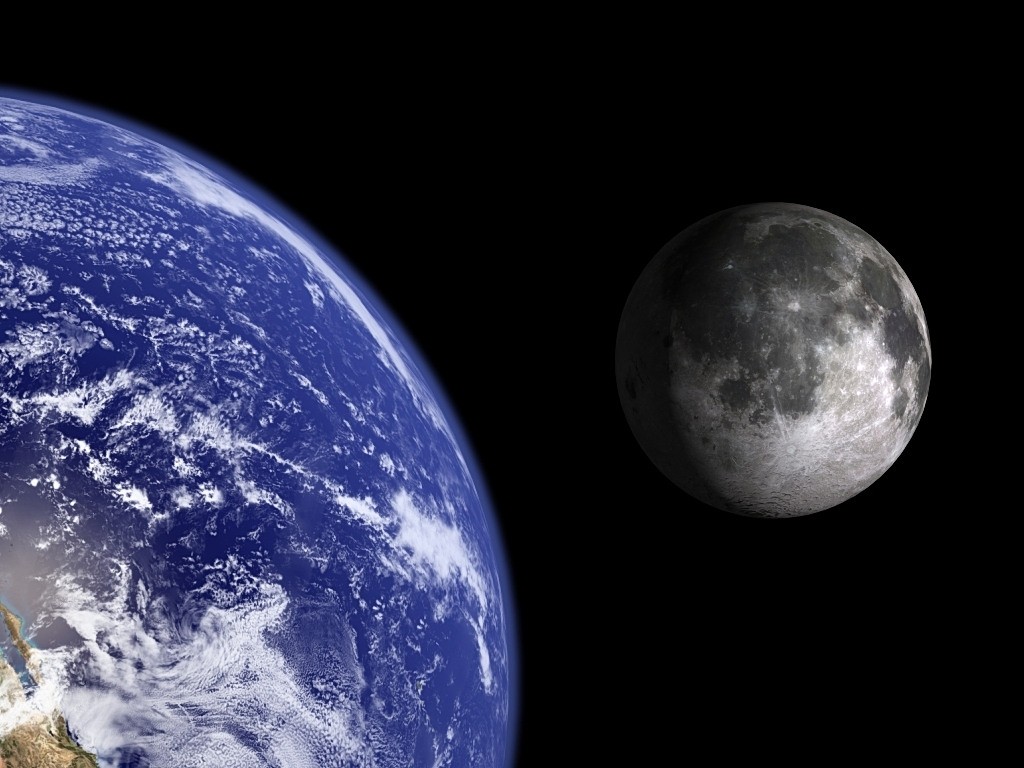To mark tonight’s full moon, let’s take a linguistic look at the features and phases of our planet’s familiar satellite.

Gibbous
Just on either side of a full moon, between 51 and 99 percent of the moon’s surface is visible during the gibbous phase. It derives its name from the Latin gibbus, meaning “hump” or “hunchback”, and can refer to a number of convex objects.
Crescent
The omnipresent moniker of buttery croissants and crescent rolls, this term of ancient origin refers to the moon when it is between 1 and 49 percent visible from Earth. Stemming from the Proto-Indo-European root ker, meaning “to grow”, it made its way into Latin as crescere (“to grow, thrive, swell, increase”) and into French as croissant (later croissant), subsequently entering into English usage.
Waxing
The moon is said to be waxing as the amount of its visible surface increases. Meaning “to grow bigger” or “increase”, this word made its way into Old English as weaxan, originally from the Proto-Indo-European root wegs. It is related to the Greek auxein (“to increase”), from which we derive “augment”. Viewers can distinguish a waxing moon from one that is waning by noticing the direction in which its horns point: in the former, they point to the left.
Waning
The moon is said to be waning as the amount of its visible surface decreases. Meaning “to make or become smaller”, this word made its way into Old English as wanian, originally from the Proto-Germanic root wanojanan. Related to a host of words in contemporary usage, it finds echoes in “wan” (something that is lacking in color or luster), “vain” (something devoid or deficient in purpose), and “want” (also referring to a deficiency or shortage). The horns of a waning moon point to the viewer’s right.
Photo Credit: Bluedharma
